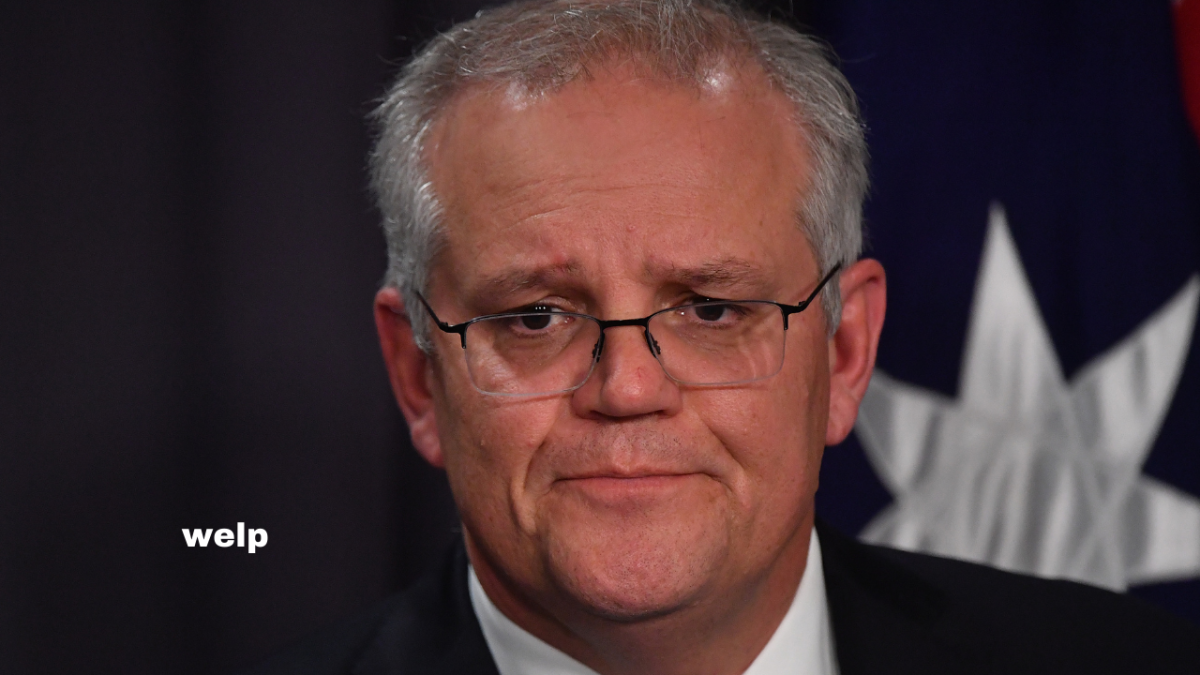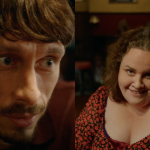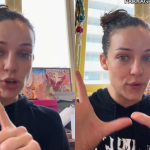
New rules for isolation, testing and definitions for close contacts have come into effect this morning after leaders made a number of changes at an emergency national cabinet meeting on Thursday.
After the meeting Prime Minister Scott Morrison said that in the face of Omicron we needed to “reset of how we think about the pandemic”, before announcing relaxed rules in all jurisdictions besides WA and NT.
It comes as the NSW’s cases almost doubled overnight from 12,226 yesterday to 21,151.
So how do these changes impact you?
We’ve wrapped all the rules in each state and territory so you can have a safe and hopefully Omi-free New Years and say “bye see u never” to 2021.
When could I be a ‘close contact’?
The threat of the dreaded contact ping, telling you you need to test and/or isolate due to being in the same room as a positive case has been fkn real this holiday period. Pretty much everyone knows someone who spent Christmas in iso for this, and sometimes for longer than necessary due to insanely long testing queues and result turnaround times.
Unsurprisingly, state and federal governments copped a lot of heat, especially in NSW, where it was the second locked down Christmas for some.
So for the first time in the more than two years we’ve now been living with the novel coronavirus, our leaders have agreed on a blanket definition of a ‘close contact’.
The decision aimed to reduce the number of people classified as ‘close contacts’ so people less at risk can simply monitor for symptoms.
They’ve also scrapped any ‘casual contact’ definition.
A close contact is now a household contact, or a ‘household-like’ contact, of a confirmed case only. This means you either live with someone who has COVID, or have spent more than four hours indoors with them in a house, accommodation or care facility setting.
So if you go to a house party and spend four hours dancing inside with a sick person, you’re a close contact. If you spend four hours inside at a restaurant with a sick person, you’re not.
This move has drawn some criticism from experts. President of the Australian Medical Association Dr Omar Khorshid tweeted that Omicron “doesn’t care if you are a family member, a coworker, a drinker in the pub or breathing the same air in a lift.
“Redefining close contacts will simply accelerate the outbreak,” he wrote in the thread.
I’m confused @ScottMorrisonMP Omicron spreads more easily than any other variant. It doesn’t care if you are a family member, a coworker, a drinker in the pub or breathing the same air in a lift. Isolating close contacts slows spread. Isolating less people means faster spread.
— AMA President (@amapresident) December 29, 2021
If I am a close contact, what do I have to do?
This is now broken down into symptomatic or asymptomatic.
Anyone with symptoms must get a PCR test. (This is the regardless of your close contact status.)
If you’re a close contact but you don’t have any symptoms, you must take a rapid antigen test. If that comes back positive, you obviously have to go get a PCR.
If you test negative, on PCR or RAT, you must still isolate for seven days from the date of exposure, as symptoms may come later.
On day six of iso, you can take a rapid test, and if it’s negative, you can be free again. If it’s positive, again, that’s your cue to queue for a PCR test.
South Australia is slightly different, where the isolation period is 10 days, not seven.
What if I test positive for COVID?
If you test positive on a PCR test, then you must isolate for seven days from the date you received your positive result – not from when you were exposed or when you started feeling sick.
On day six, if you’re asymptomatic, you have the all-clear to leave iso. If you are symptomatic, you should still continue to isolate.
It’s important you know how to manage COVID while in iso, so keep monitoring your symptoms and follow the WHO’s advice for each one.
Not everyone is allowed to take PCR tests now, when can I?
In all states except WA and NT, only people who have been identified as close contacts, or people or have COVID symptoms, will be given a PCR test now.
This is to ease pressure on the testing sites and shorten the lines.
“If you don’t fulfil this definition of a close contact then there is no need for you to be in that line,” Morrison said at the press conference.
“You should go home. Go to the beach, go and do what you want to do. Read a book in the park.”
Keep monitoring your symptoms and follow your state’s COVID restrictions, please.
NT and WA are expected to make their own announcements in the next couple of days.
What about our RATs?
The move away from PCRs to rely more on rapid antigen tests is somewhat fraught, with shortages nationwide, particularly in NSW.
NSW Premier Dominic Perrottet announced 20 million test kits would arrive in the state by the end of January, and both NSW and Vic said that they’ll be free as early as next week. But with such increased demand, it’s likely we’ll still have inadequate supply for another month.
NSW President of the Pharmacy Guild of Australia, David Heffernan, said the announcements that RATs could replace PCR tests in certain settings had already led to a further surge in demand, meaning they could be in short supply until February.
“It may be a case that things may not smooth out until February.”
Well, happy new year.



